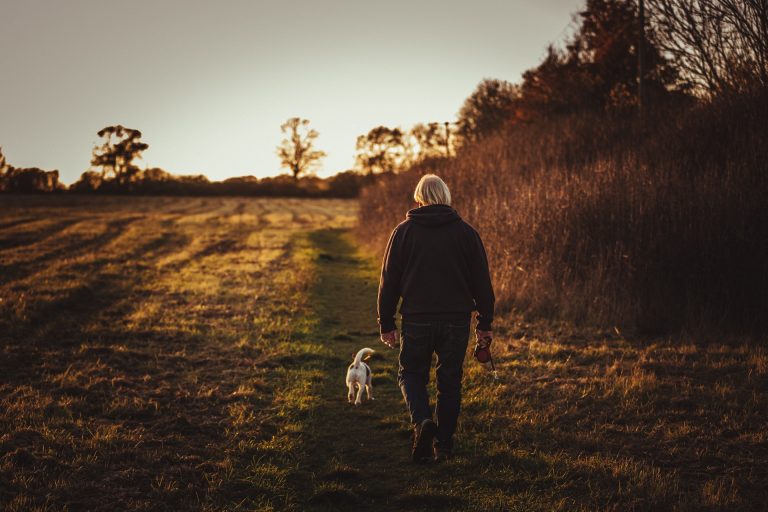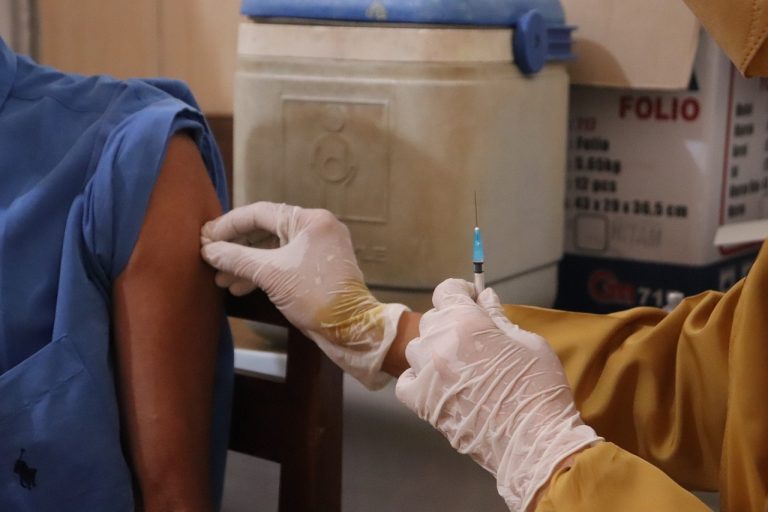MINNEAPOLIS, Minn.— A two-block radius known as the “George Floyd Square” surrounding the intersection of 38th Street and Chicago Avenue in Minneapolis has been barricaded since shortly after the May 25, 2020 death of George Floyd.
The area serves as a makeshift memorial and marks the location where Floyd died while under the knee of former Minneapolis Police Officer Derek Chauvin.
In recent months, discussion has been ongoing between city officials, local activists, area residents, and business owners who are trying to balance the desire for the community to have an area memorializing Floyd’s death against the need for access to local shops and residences.
There are also concerns about a dramatic increase in crime in the area surrounding the square.
“This is not an autonomous zone, and it will not and cannot be an autonomous zone,” explained Minneapolis Mayor Jacob Frey in a February press conference, referencing areas in Portland and Seattle that were taken over by Antifa and Black Lives Matter last summer, “…however, through the trial, the area will remain closed to vehicular access.”

Success
You are now signed up for our newsletter
Success
Check your email to complete sign up
According to printed signs posted at entrances to the barricaded region along Chicago Avenue, the zone is maintained by the Central Area Neighborhood Development Center (CANDO) and the American Friends Service Committee. The organizations have asked visitors to respect the memorial area “as you would any space dedicated for mourning and remembrance,” such as the Vietnam Veteran’s Memorial.
The organizers’ request that visitors “err on the side of being quiet,” “ask yourself why you are taking a picture before you take it,” and to consider not posting pictures on social media. Included in the requests is a message to “white allies,” which says “BIPOC [Black, Indigenous and People of Color] communities of color are under attack, please be mindful of other white folks that may be here to bring further harm. Notify neighborhood leaders of suspicious activity.”
Last summer, murals of George Floyd were defaced on 2 occasions. No reports were made to Minneapolis Police.

Community members set up barricades in the days following the death of George Floyd, establishing the memorial site. The City then reinforced the makeshift boundary with concrete barriers to prevent vehicles from colliding with people visiting the memorial area. Local business owners however, are not happy with the situation. Last summer, the owner of Cup Foods threatened a lawsuit against Minneapolis Mayor Jacob Frey and the Minneapolis City Council if the barricades were not removed. He claimed that he is losing tens of thousands of dollars every month “because crime has gone up inside the area that’s blocked off” and people no longer feel safe visiting the area.
According to a Star and Tribune report, “The occupying protesters open the barricades for delivery drivers and want the city to ‘establish a contingency fund for Black, Indigenous, and People of Color businesses located in George Floyd Square’ as one of their 24 demands for ceding the street.”
“Still, business owners complain the protesters don’t order enough, and some make unilateral decisions to jettison outsiders”, said the article.
Among the 24 demands that protestors and local activists have issued to city officials are the establishment of an independent investigation and prosecution of Minneapolis law enforcement to be appointed by the Governor of Minnesota, the ending of qualified immunity, and the investment of money into the George Floyd Square Zone for Undoing Racism training for the black community, as well as the creation of new jobs for young people living in the area.
The demands also further seek the provision of accountability and transparency in past cases involving death among the Minneapolis African American community during police encounters dating back as far as 2002.
Is the George Floyd Square an autonomous zone?
On March 9, Brian Entin, a reporter for News Nation, was doing a video report just outside of the enclosed area when he was confronted by two individuals dressed in black. The people approached Entin, “You’re going to be in a bad situation here in a second,” one of them said in a threatening tone. Entin asked what he meant by a “bad situation,” to which the individual responded, “You’re going to be called out for what you are and you need to get out of here.”
In response to that encounter, community organizer Jeanelle Austin said, “People are allowed to come into 38th and Chicago. The last few days we put a pause on that to protect the grieving community out of respect for those who were really suffering in deep grief.”
In a March 11 press conference, Mayor Jacob Frey acknowledged the difficulties in accessing the area. When asked if the area could be considered an autonomous zone, Frey responded, “As I mentioned previously, that intersection has received a slew of city services ranging from ranging from snow clearance to street maintenance to yes, EMS [Emergency Medical Services] and 911 response, but what you are referencing is the interference that so many officers and EMS responders have experienced — and press, by the way — when they go to that intersection and that’s accurate.”
The mayor went on to say that an increased police presence is necessary, and that Minneapolis Police Chief Medaria Arradondo has asked for help from other jurisdictions, given the attrition seen in the Minneapolis Police Department. However, he emphasized that there cannot only be a law enforcement presence and stressed that a “sacred space” is necessary that “allows for healing.”
Calls made for defunding police amid nationwide protests
In the aftermath of the death of George Floyd, nationwide protests called for the defunding or redesigning of police departments. In June, 2020, the Minneapolis City Council voted to eliminate the police department and replace it with a new public safety unit.
Over the following months however, those plans changed and a call to reduce funding was agreed upon instead. In December 2020, City Council agreed to cut police funding by $8 million, which was to be reallocated to the City’s Office of Violence Prevention as well as mental health crisis response teams.
Then in February, Minneapolis City Council changed plans again and unanimously agreed to a requested $6.4 million increase in police department funding in order to bolster ranks after the department reported they had 200 fewer available officers than in previous years.
The movement to defund the police may have driven attrition in the Minneapolis Police Department. The bulk of the calls to defund the Department occured amidst rioting following Floyd’s death, including the 3rd Precinct Headquarters being burned to the ground. Many of the force resigned, while others have taken medical leave due to post traumatic stress disorder they say was caused by rioting.
According to Kim Voss, a retired lieutenant from the Minneapolis Police Department, a failure of leadership has contributed to the attrition among ranks, “While our leadership held us back and we remained unsupported by our state, our city and our police administration, our neighborhoods burned. We felt helpless. And to add insult to injury, they gave up our home, and called it ‘just bricks and mortar.’”
“It wasn’t just bricks and mortar to us.”
Minneapolis recorded a 21 percent increase in violent crime last year, which is in line with the national average, according to a report from the Council on Criminal Justice and Arnold Ventures. According to the report, a significant increase in homicides coincided “with the death of George Floyd and the mass protests that followed.”
In a March 15 op-ed in the Minneapolis Star and Tribune, Monica Nilsson spoke on behalf of residents living in or near the George Floyd Memorial Zone. The article details many accounts of gun violence that have occurred over a 10 day period, including the March 6 shooting death of 30-year-old Imaz Wright, who authorities say was a member of the Rolling 30′s Bloods gang.
Follow us on Twitter or subscribe to our weekly email













